16 Dec 2025
WISE supports solar cell research
Research on organic solar cells at Karlstad University is advancing with support from WISE.
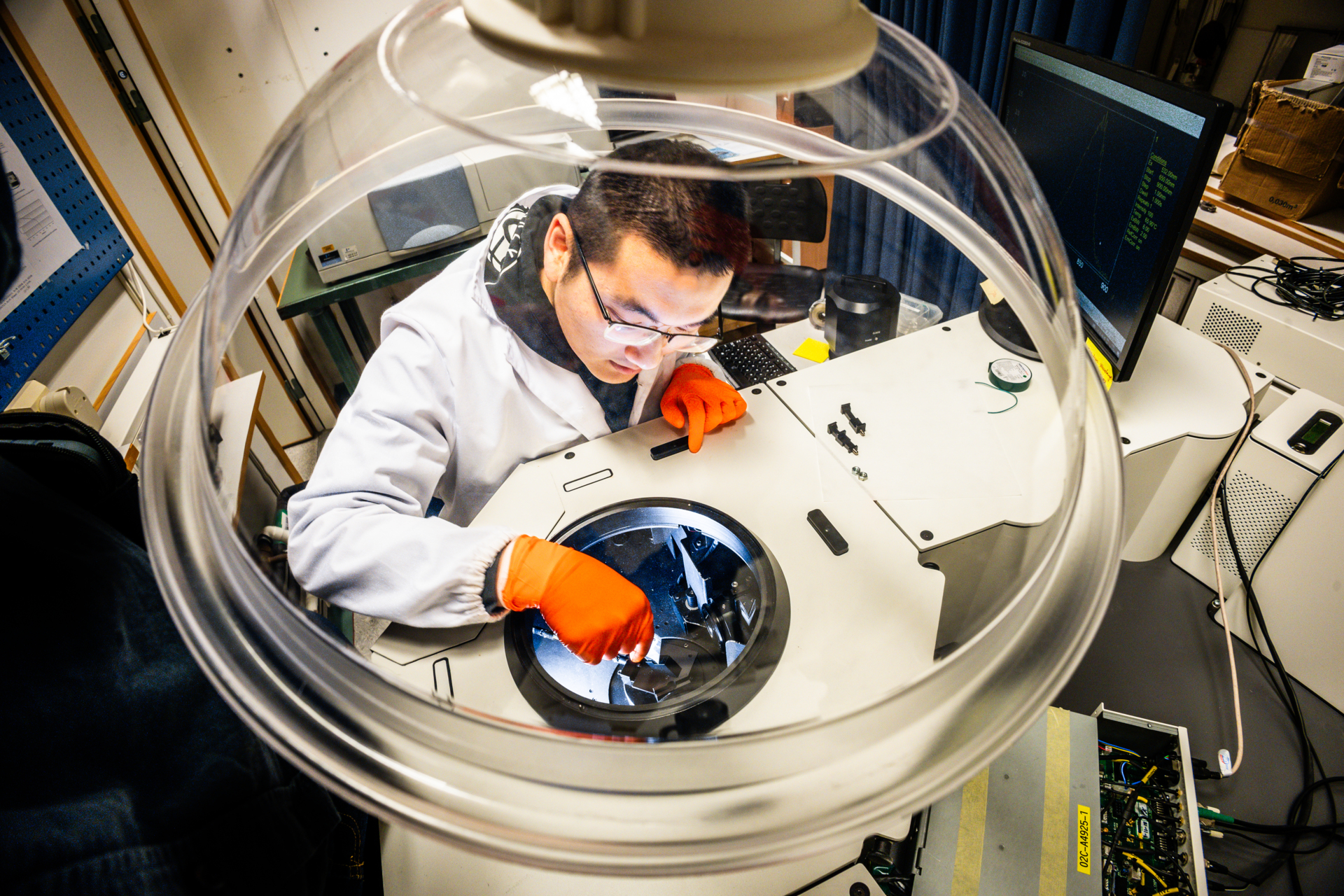
12 Apr 2025
“Even after undergoing multiple cycles of degradation and recycling, the recovered devices work just as well and last as long as new ones. This approach is also great for the environment and saves money — it uses 96.6% fewer resources and reduces cancer-related health risks by 68.8%”, says Prof. Feng Gao from Linköping University.
[In the photo, Xun Xiao, researcher and first author of the Nature article. Credit: Thor Balkhed at Liu.]
Perovskite solar cells—named after perovskite materials—are one of the most promising next-generation photovoltaic (PV) technologies. They show potential for high efficiency and low production costs. But as we have learned from the evolution of conventional silicon PVs, developing recycling technologies for a sustainable PV system is essential before commercialization. For perovskite PVs in particular, recycling is not just about resource recovery—it is also a critical step in reducing lead use and safely managing the toxic lead-containing waste these devices can generate. Adding to the urgency, global regulations are increasingly placing responsibility on PV manufacturers to collect and recycle their end-of-life products.
In a recent Nature article, “Aqueous-based recycling of perovskite photovoltaics” [Nature 638, 670–675 (2025)], Professor Feng Gao, Xun Xiao and collaborators at Linköping University present an environmentally friendly recycling strategy for perovskite PVs. Their strategy uses a water-based solvent to recover nearly all key functional materials in the module—including the hole and electron transport layers, the perovskite absorber layer, indium tin oxide substrates, and cover glass—with high efficiency and purity.
– We immerse degraded perovskites into an aqueous solution for repairing and reclaiming high-quality perovskite crystals. This approach has achieved an impressive 99.0 ± 0.4 wt% recycling efficiency, says Prof. Feng Gao, WISE-affiliated researcher and optoelectronics professor at Linköping University.
Even after undergoing multiple cycles of degradation and recycling, the recovered devices show comparable efficiency and stability to brand-new ones. Beyond technical performance, the strategy also delivers strong environmental and economic benefits: it reduces resource depletion by 96.6% and cuts human toxicity impacts (cancer-related) by 68.8%, compared to landfill disposal. Plus, it helps lower the levelized cost of electricity for both residential and utility-scale systems.
Prof. Feng Gao’s and collaborators’ article “Aqueous-based recycling of perovskite photovoltaics” is published in Nature, [Nature 638, 670-675 (2025)].
Prof. Feng Gao’s research at WISE can be found at:
End-of-life Perovskite Solar Module Recycling for Sustainable Photovoltaics

16 Dec 2025
Research on organic solar cells at Karlstad University is advancing with support from WISE.
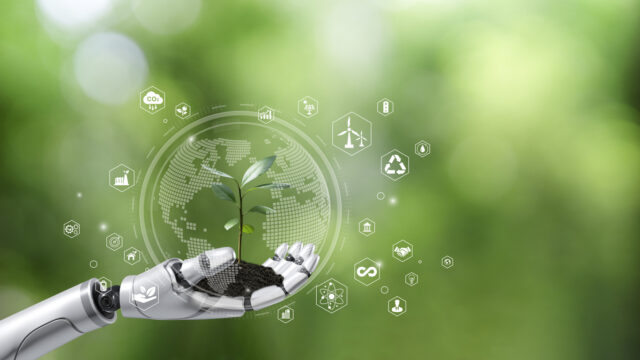
15 Dec 2025
On February 2, 2026, WASP and WISE will launch a joint call for proposals for five-year NEST projects.
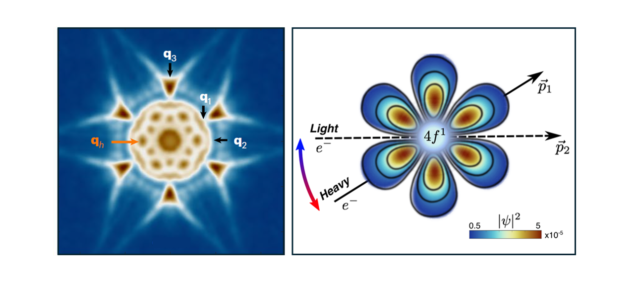
11 Dec 2025
“Ce-based systems continues to surprise us in their unique physical and chemical properties, and the current discovery certainly should be placed under WISE thematic area Discovery, with hope to become a key ingredient in applications for sustainability”, says Prof. Eriksson from Uppsala University and WISE co-director.

5 Dec 2025
“For us it is important to work with sustainable materials and make sure that we manufacture them employing low-energy processes. We think from the beginning what elements we are going to use -their availability, price, recycling possibilities, etc.”, says Professor Thelakkat.

28 Nov 2025
The Uppsala node of the WISE Additive Research and Technology Platform (RTP) was officially inaugurated this week, marking a significant step in strengthening Sweden’s national research capacity in additive manufacturing.
Picture credit: Tobias Sterner, Bildbyrån

25 Nov 2025
Energy storage is one of the great scientific challenges of our time. To move toward a more sustainable society, we need batteries that are not only efficient but also environmentally responsible.
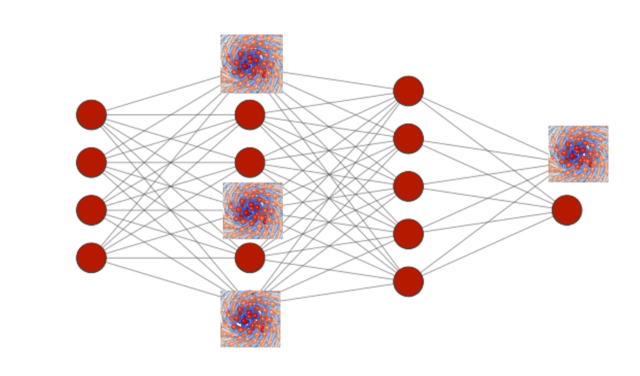
20 Nov 2025
Join us for the 7th Machine Learning Meets Materials Science Seminar, part of the WASP–WISE initiative! Mark your calendars: November 26 at 10:00!

17 Nov 2025
Uppsala University’s WISE Symposium series will spotlight cutting-edge sustainability research on November 26, 2025, with a webinar dedicated to the environmental aspects of additive manufacturing.

12 Nov 2025
On December 4, 2025, from 15:00 to 16:00, Uppsala University will host a WISE Guest Professor Lecture featuring Professor Julie Beth Zimmerman and Dr. Sandrine Lyonnard, both WISE Guest Professors at the university.

11 Nov 2025
“This talk explores the emerging frontier of biotechnology in enabling greener battery technologies, specifically through biohydrometallurgy and bio-based materials, ” says Prof. Srinivasan Nanyang from the Technological University (NTU), Singapore.
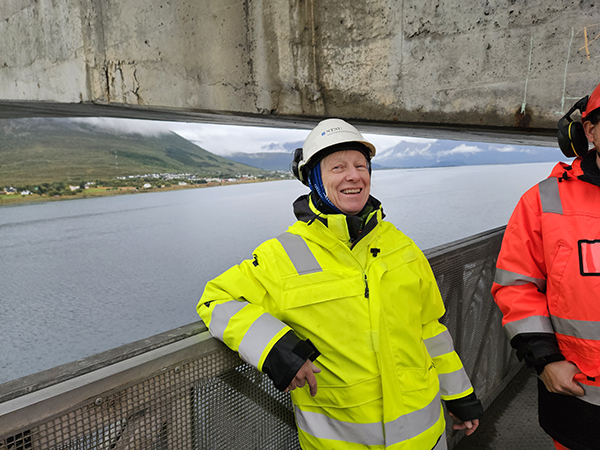
10 Nov 2025
As part of WISE’s Guest Professor (GP) program — one of our key initiatives to foster international collaboration and enrich student learning — we are delighted to welcome Professor Mette Rica Geiker from the Norwegian University of Science and Technology (NTNU) to Chalmers University of Technology.
Picture by Ann-Marie Thoresen at Statens Vegvesen
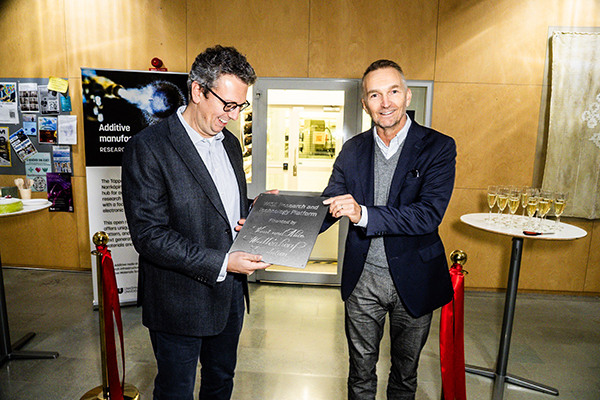
6 Nov 2025
The inauguration of the WISE Additive node at Linköping University (LiU) took place this week, marking an important milestone in the development of Sweden’s research infrastructure for additive manufacturing and soft electronics for sustainability.
Picture by Thor Balkhed, Linköping University

3 Nov 2025
The Guest Professor (GP) program is one of WISE’s recruitment and outreach activities, designed to foster international research collaborations and support the development of our students.
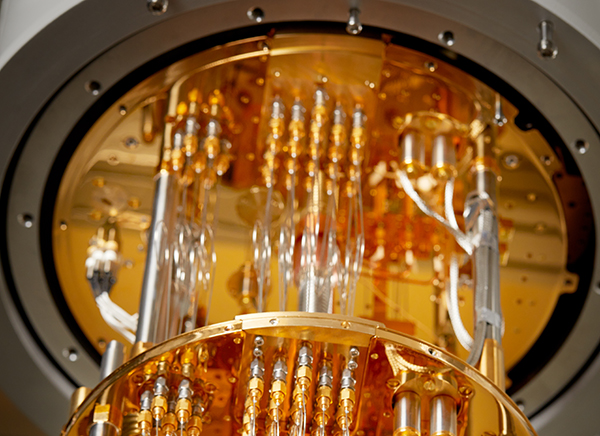
27 Oct 2025
The Wallenberg Centre for Quantum Technology (WACQT) and the Wallenberg Initiative Materials Science for Sustainability (WISE) have launched a new call for proposals — now open for applications!

23 Oct 2025
“Our society is increasingly dependent on technology. Take smartphones, for example: our entire lives are stored in them. Yet most of us are unaware of how energy-intensive their production processes are, how toxic or scarce some of the materials used in these devices can be, or how poorly many technologies are designed for recycling”, says WISE Guest Professor Federico Rosei at LTU.

22 Oct 2025
The Wallenberg Initiative Materials Science for Sustainability (WISE) seeks a Director of Sustainability to lead and develop the initiative’s strategic sustainability efforts.

20 Oct 2025
“I think it is important to observe and learn from nature. Nature does not waste. What one organism discards, another uses as energy. The key question for us is how we can minimize and reuse our own waste, how we can create more with less”, says WISE Guest Professor Alexander Bismarck from University of Vienna.

16 Oct 2025
We’re thrilled to kick off the WACQT-WISE Pilot Call 2025 with an inspiring webinar.
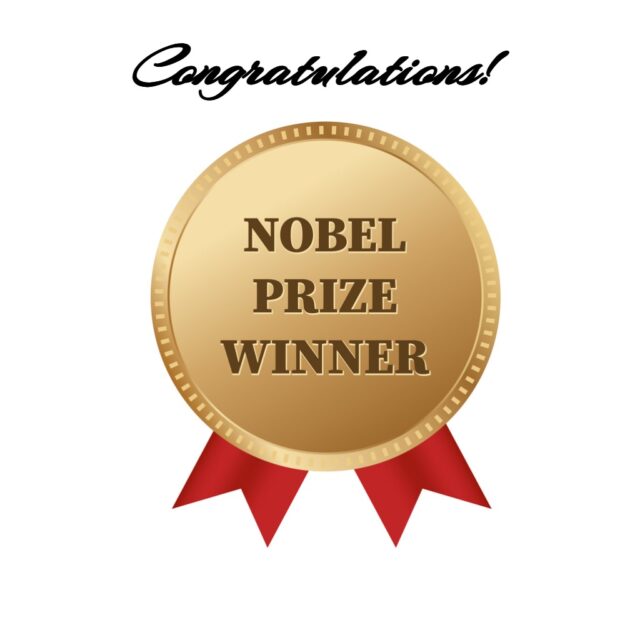
14 Oct 2025
—Quantum phenomena and materials science have once again demonstrated unique phenomena with the potential to benefit society, says Professor Olle Eriksson at Uppsala University, WISE Co-Director and Chair of the Nobel Committee for Physics.
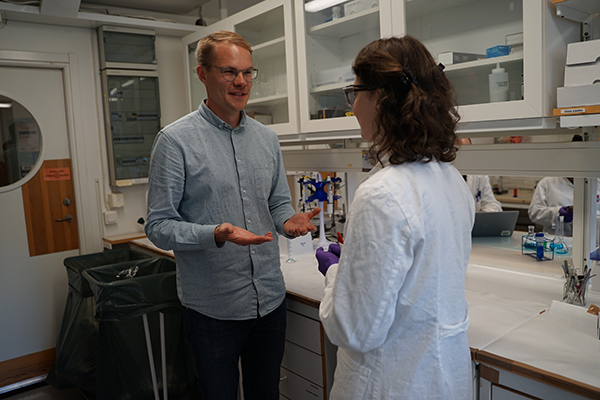
9 Oct 2025
In a world increasingly powered by lithium-ion batteries—from smartphones to electric vehicles—the race is on to find cleaner, smarter ways to recover this critical metal.
Photo taken by Retain.
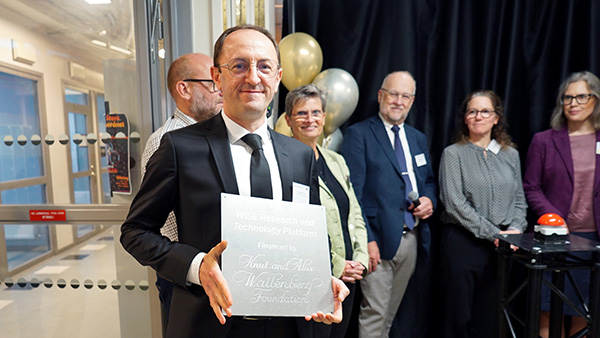
3 Oct 2025
On 2 October 2025, Chalmers University of Technology officially inaugurated its new additive manufacturing infrastructure: AM@Chalmers and the Chalmers WISE Additive node.

3 Oct 2025
The Wallenberg Centre for Quantum Technology (WACQT) and the Wallenberg Initiative Materials Science for Sustainability (WISE) are launching a new call to spark collaboration at the cutting edge of research.
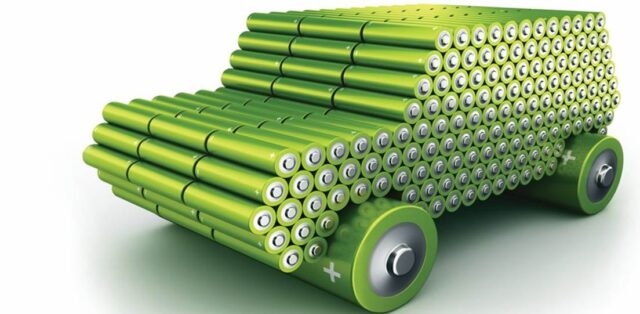
2 Oct 2025
—Imagine a world where vehicles, buildings, and even everyday devices become self-powering, seamlessly merging structure and storage. This is the vision of structural power composites. Structural power composites open the door to a future where every part of a product contributes not only to its form and strength, but also to its function as an energy source, says WISE Guest Professor Madhavi Srinivasan from Nanyang Technological University.
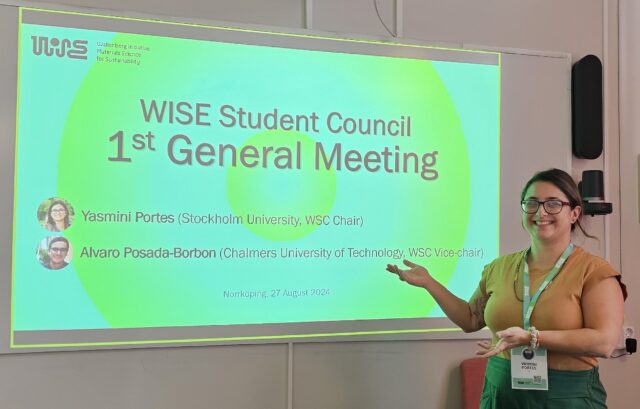
25 Sep 2025
-Our role is to act as a bridge between PhD students, postdocs, and WISE Research School management. We receive questions and concerns both from students and postdocs as well as from the RS management, which we bring to our meetings for discussion, says Yamini Portes, chairperson of the WISE Student Council and PhD student at Stockholm University.

24 Sep 2025
Join us for the 6th Machine Learning Meets Materials Science Seminar, part of the WISE–WASP initiative! Mark your calendars: October 1 at 10:00!

24 Sep 2025
We’re pleased to announce that registration is now open for the AM4Life/WISE Additive Autumn School on the theme “Post-processing in AM and Surface Engineering.”

24 Sep 2025
We are pleased to welcome Professor Johan Hjelm, WISE Guest Professor at Lund University (LU), and Professor Yury Gogotsi, WISE Guest Professor at Linköping University (LiU), for a joint digital event on October 2, 2025, from 15:00 to 16:00.

17 Sep 2025
At WISE, we love to share the stories of the people driving science forward. Meet Professor Chao Zhang, an Associate Professor at Uppsala University who is passionate about reimagining the future of energy.

10 Sep 2025
–Materials science can never be done in “vacuum.” By this I mean that sustainability and circular economy must be considered from the very beginning, and this requires collaboration. No one can be an expert in everything, says WISE Guest Professor Mari Lundström from Aalto University.

2 Sep 2025
On September 11, 2025, from 15:00 to 16:00, WISE (Wallenberg Initiative Materials Science for Sustainability) will host a special guest professor lecture featuring two leading international researchers in materials science.